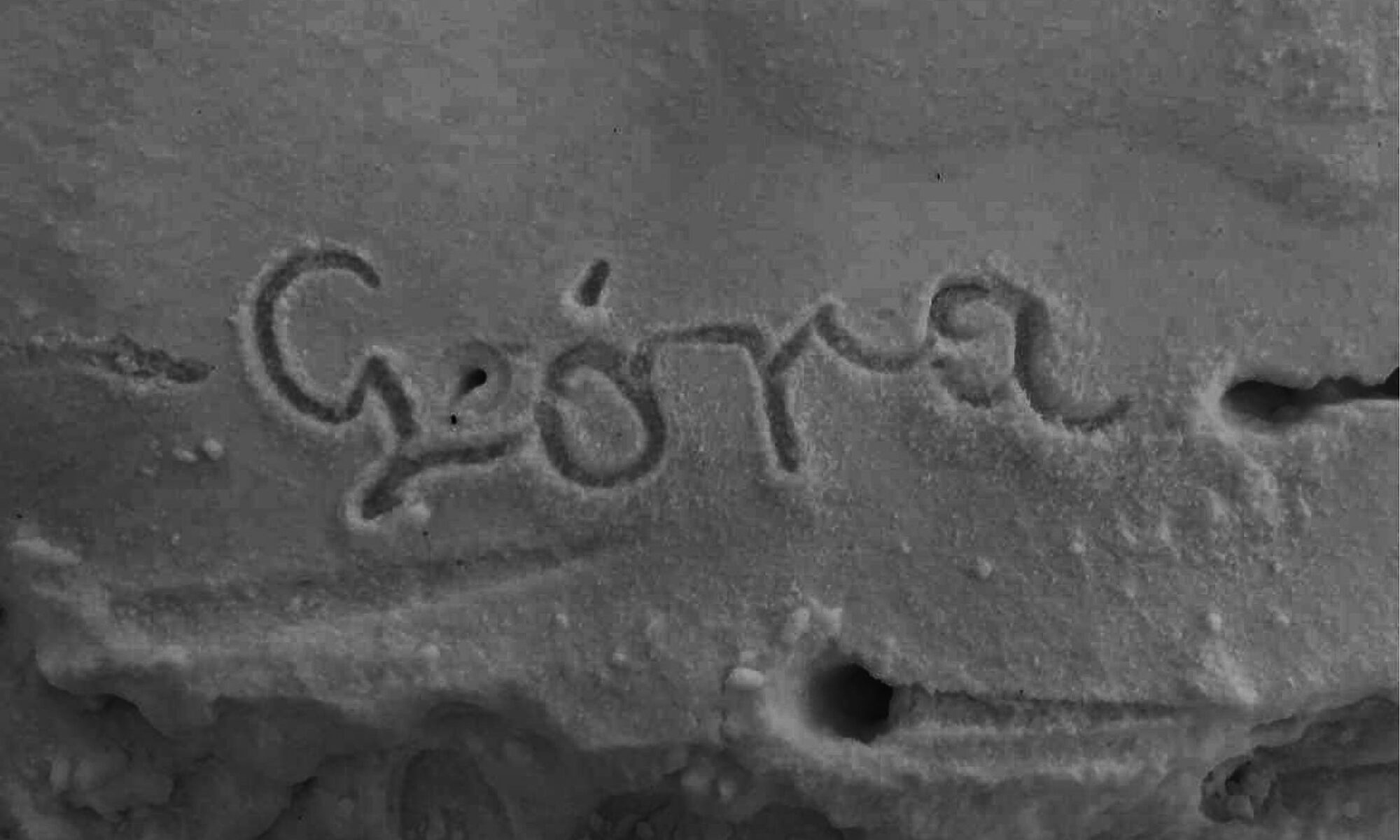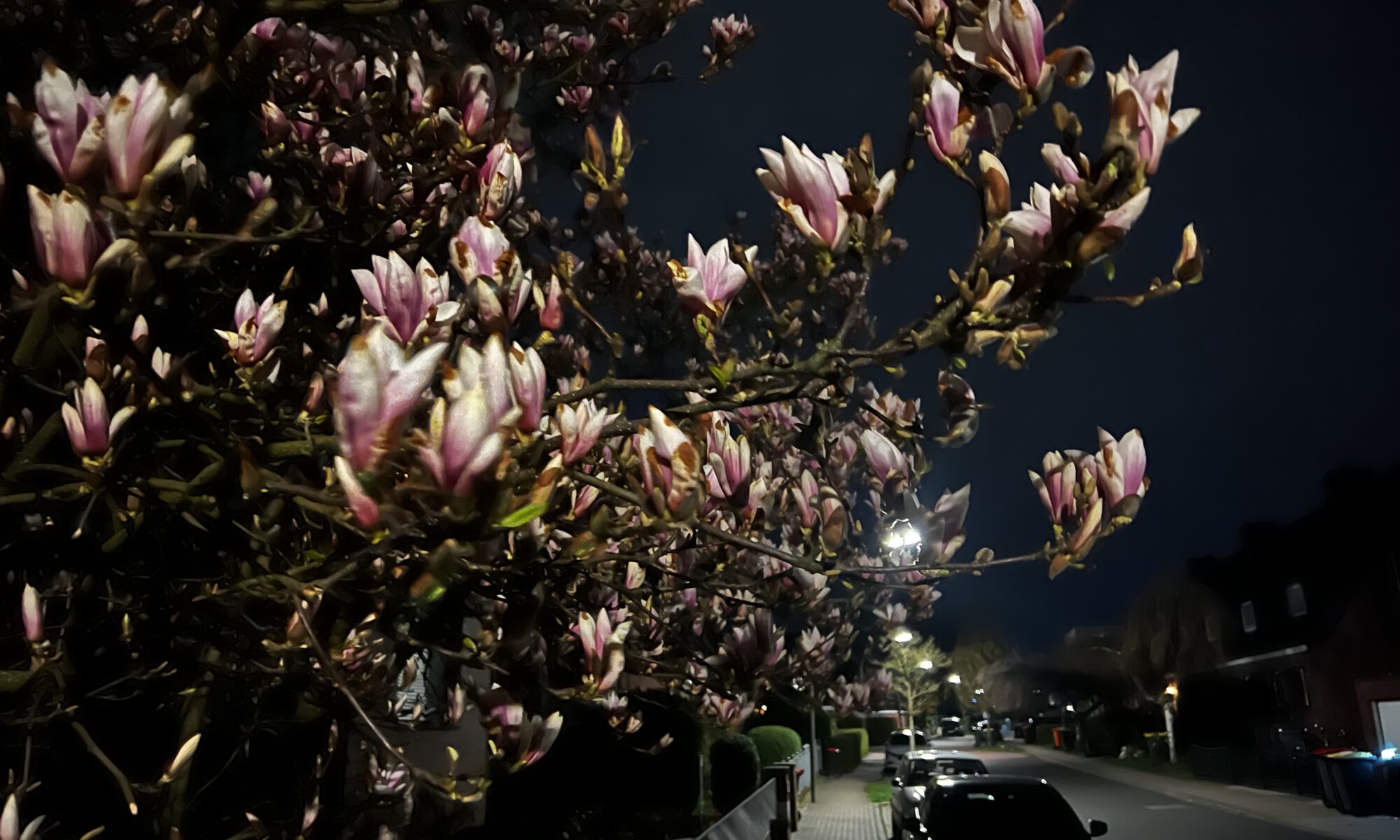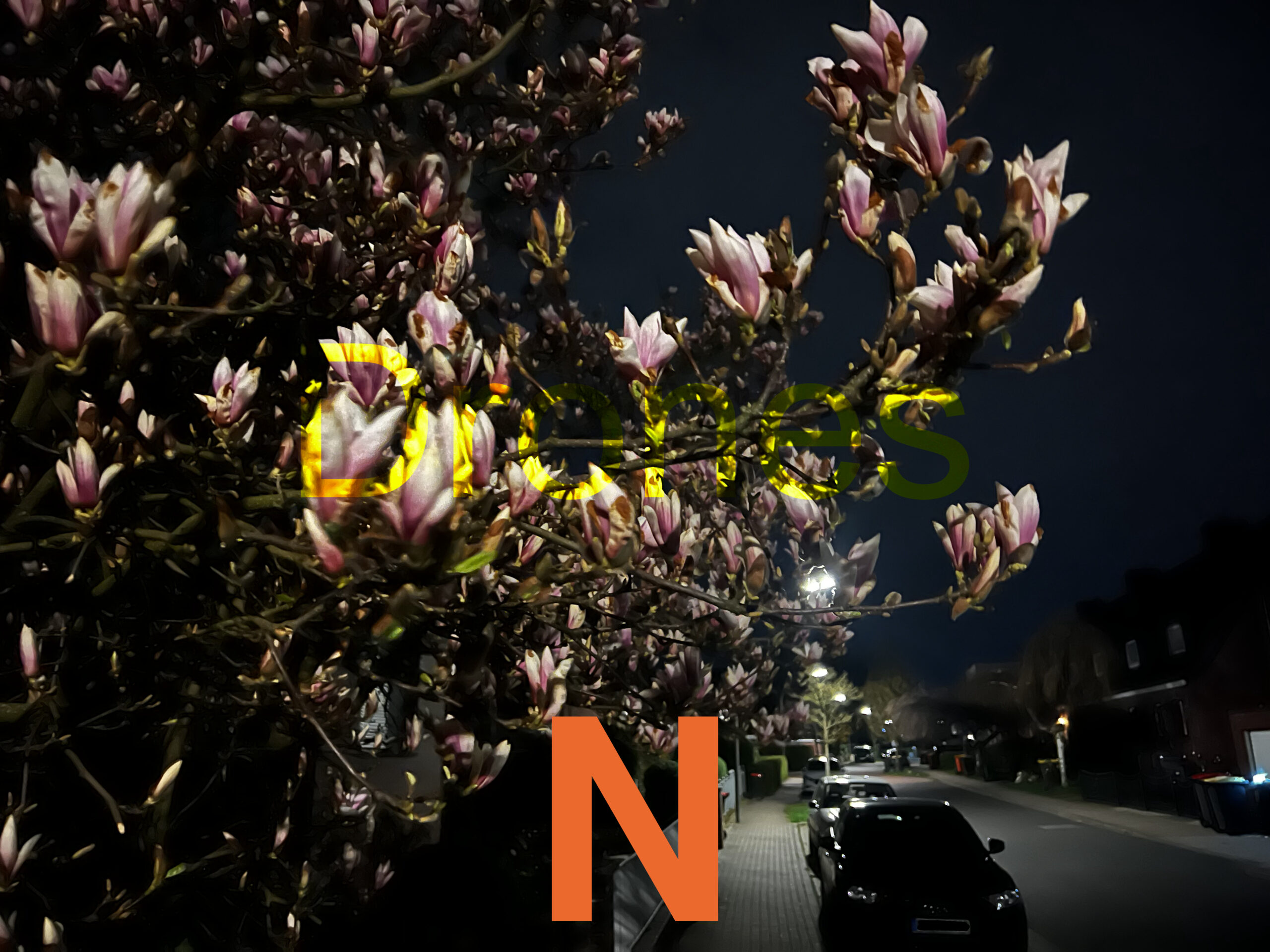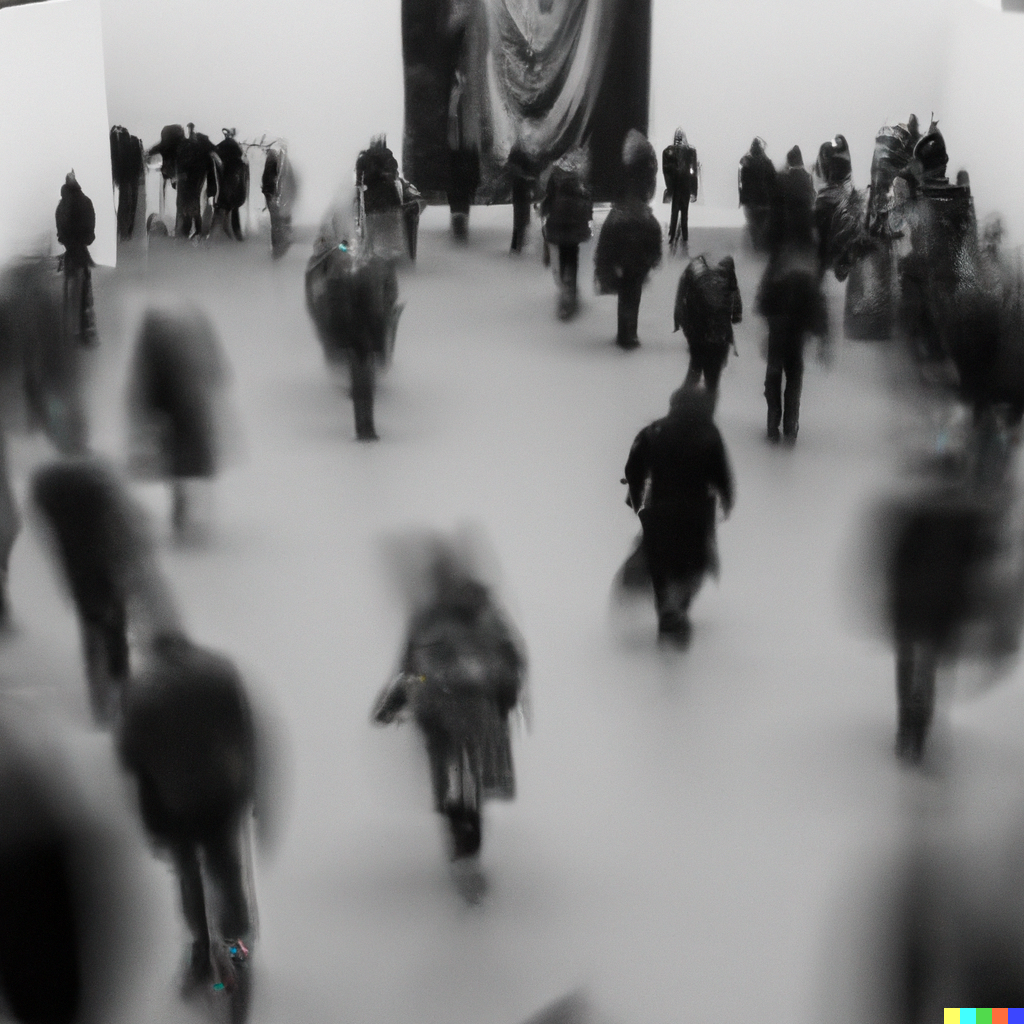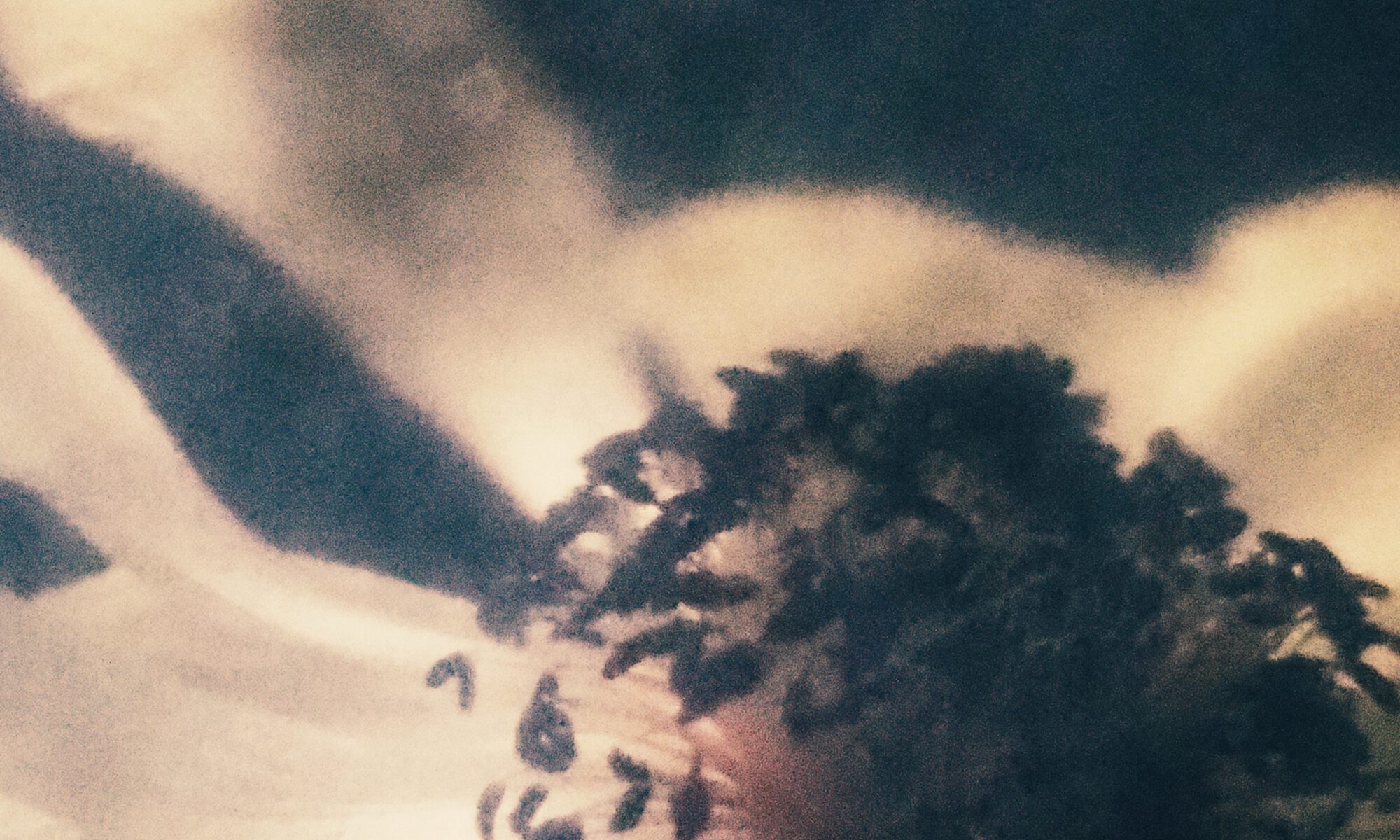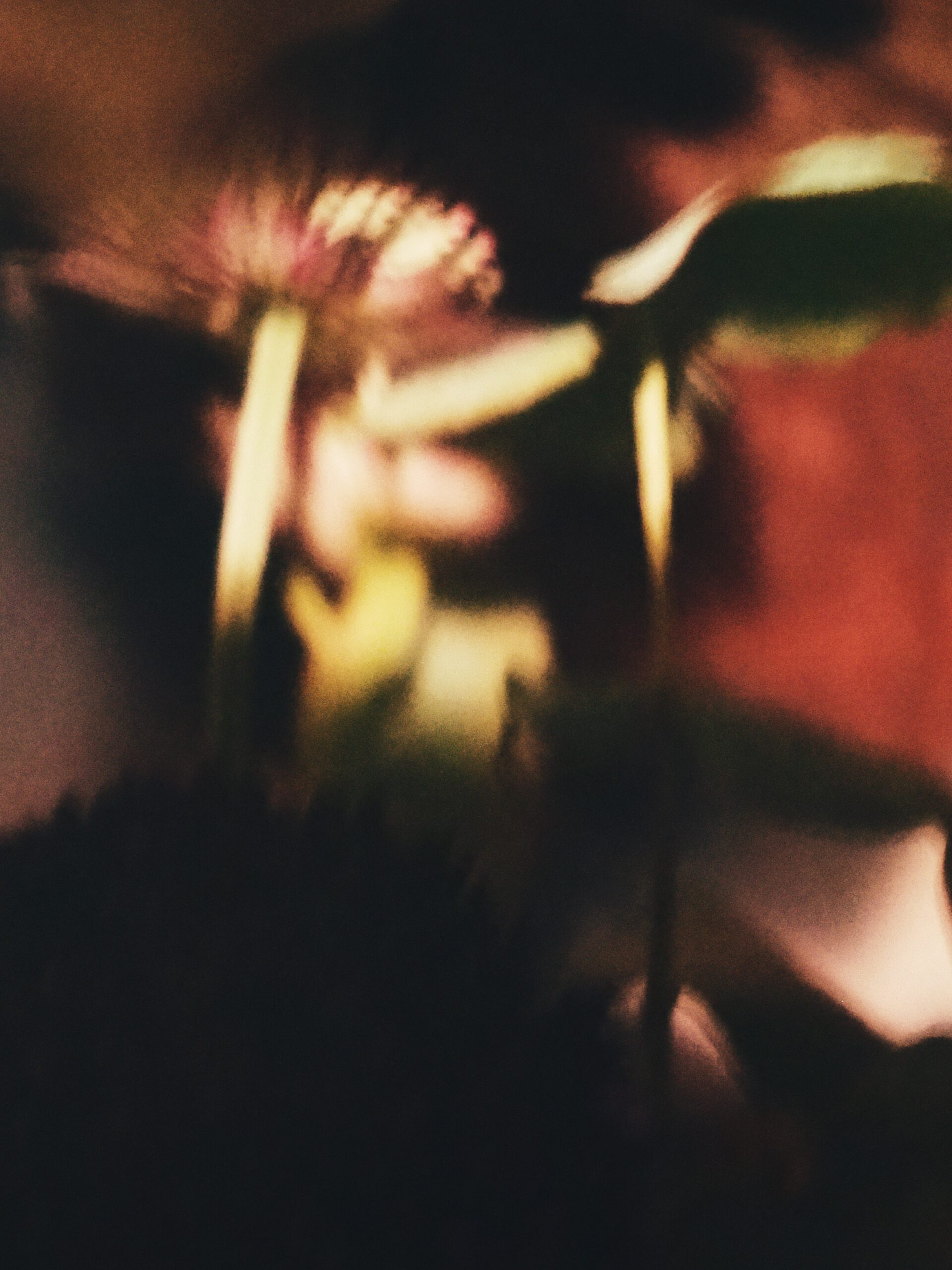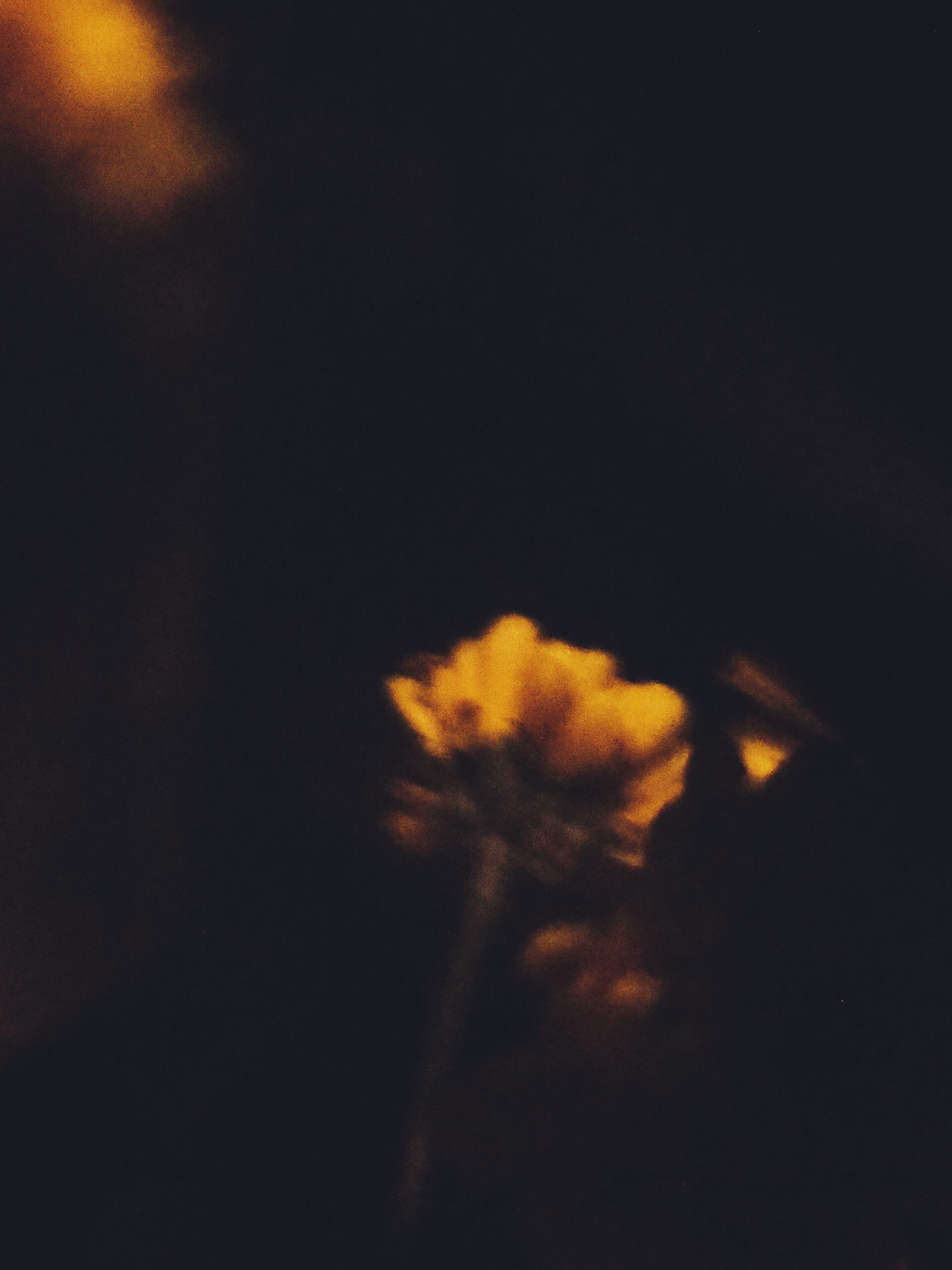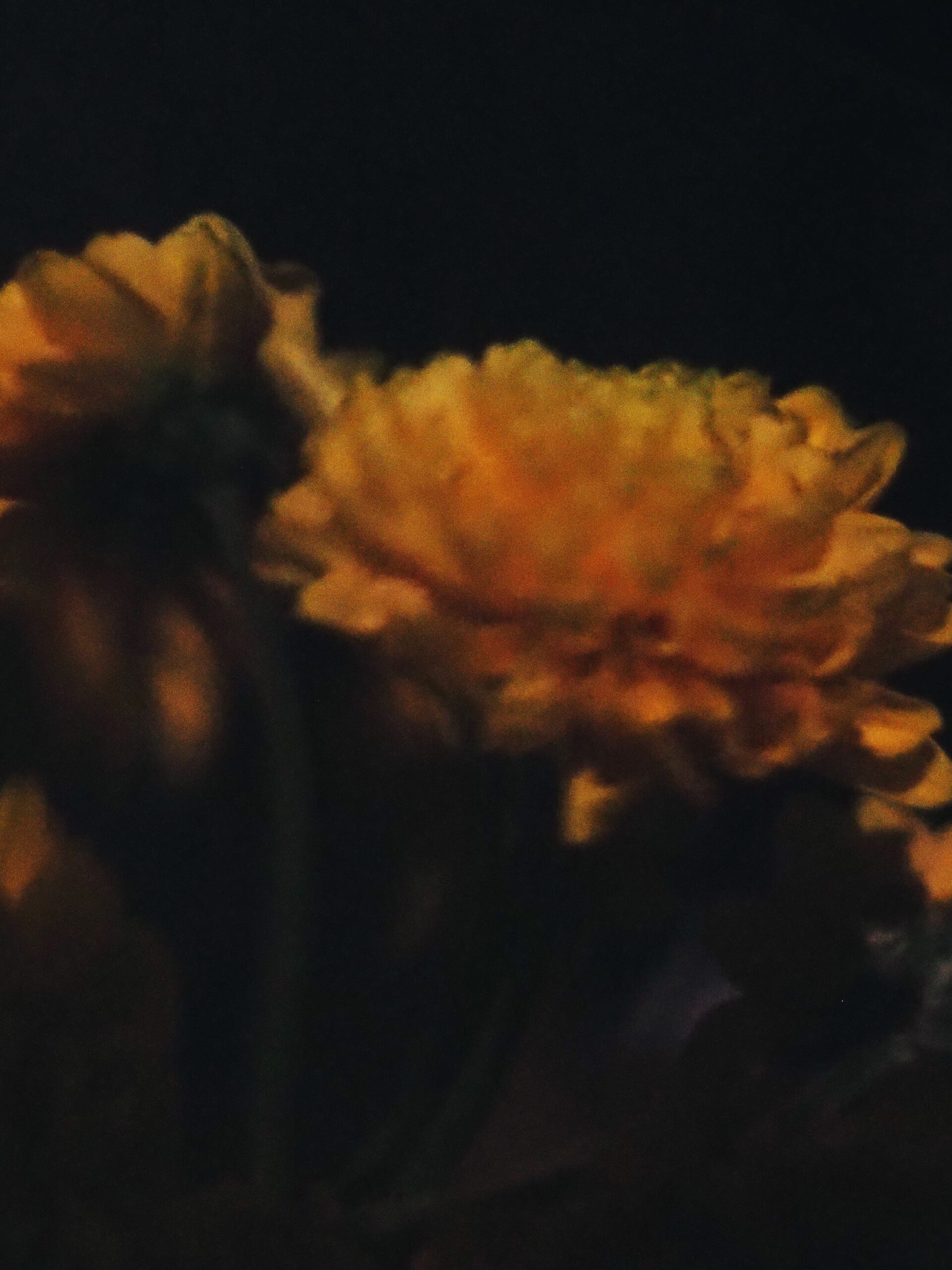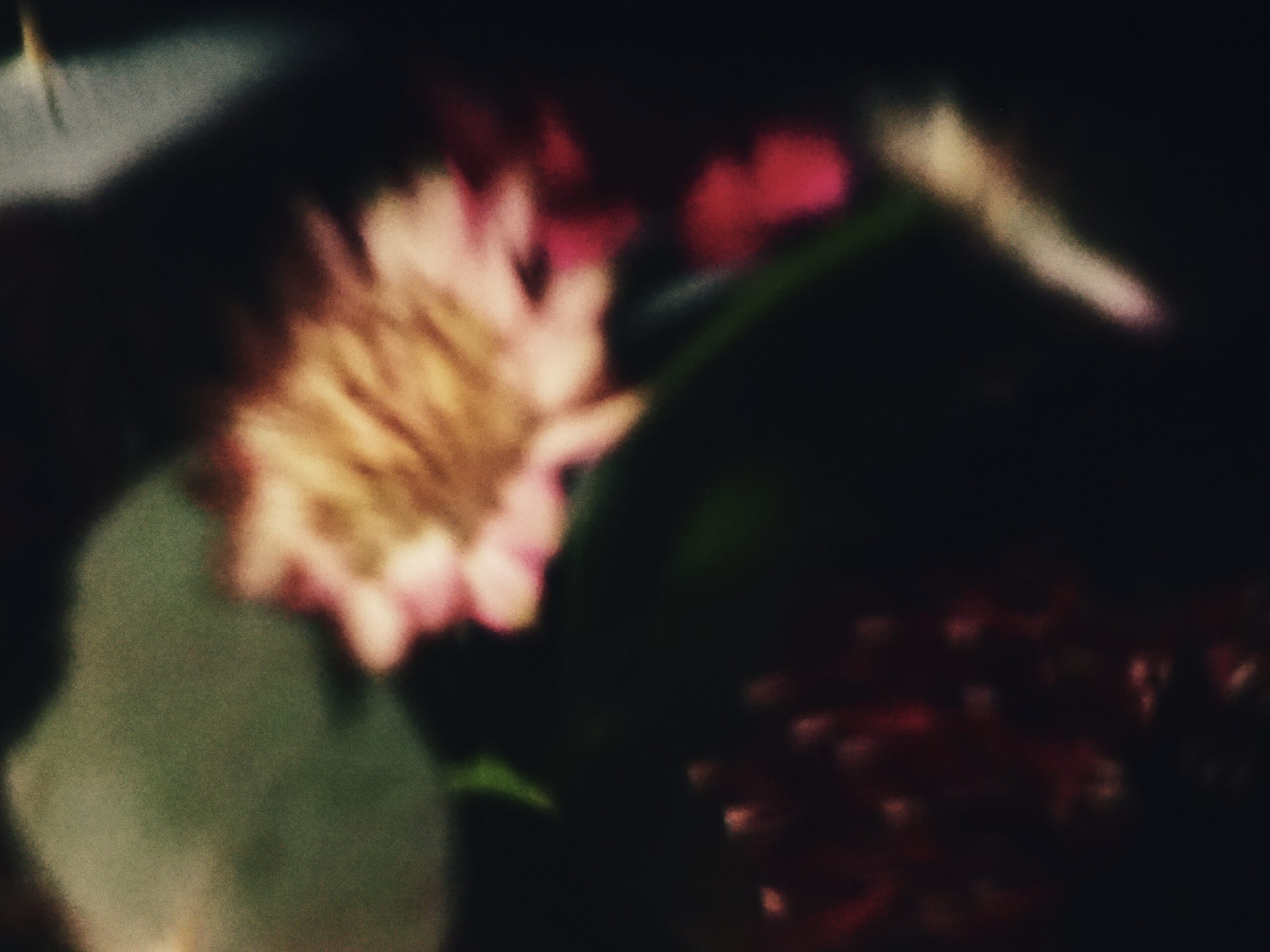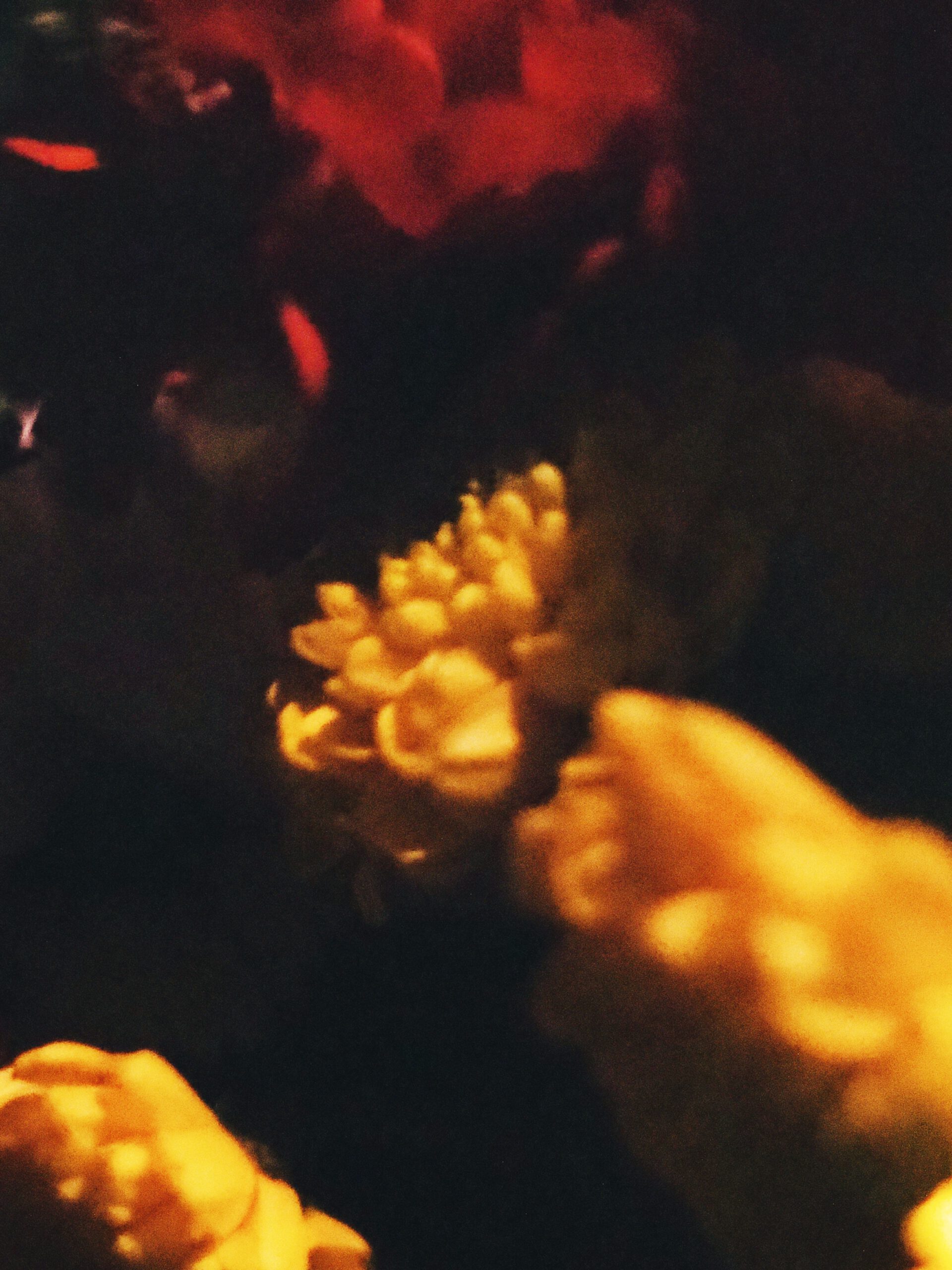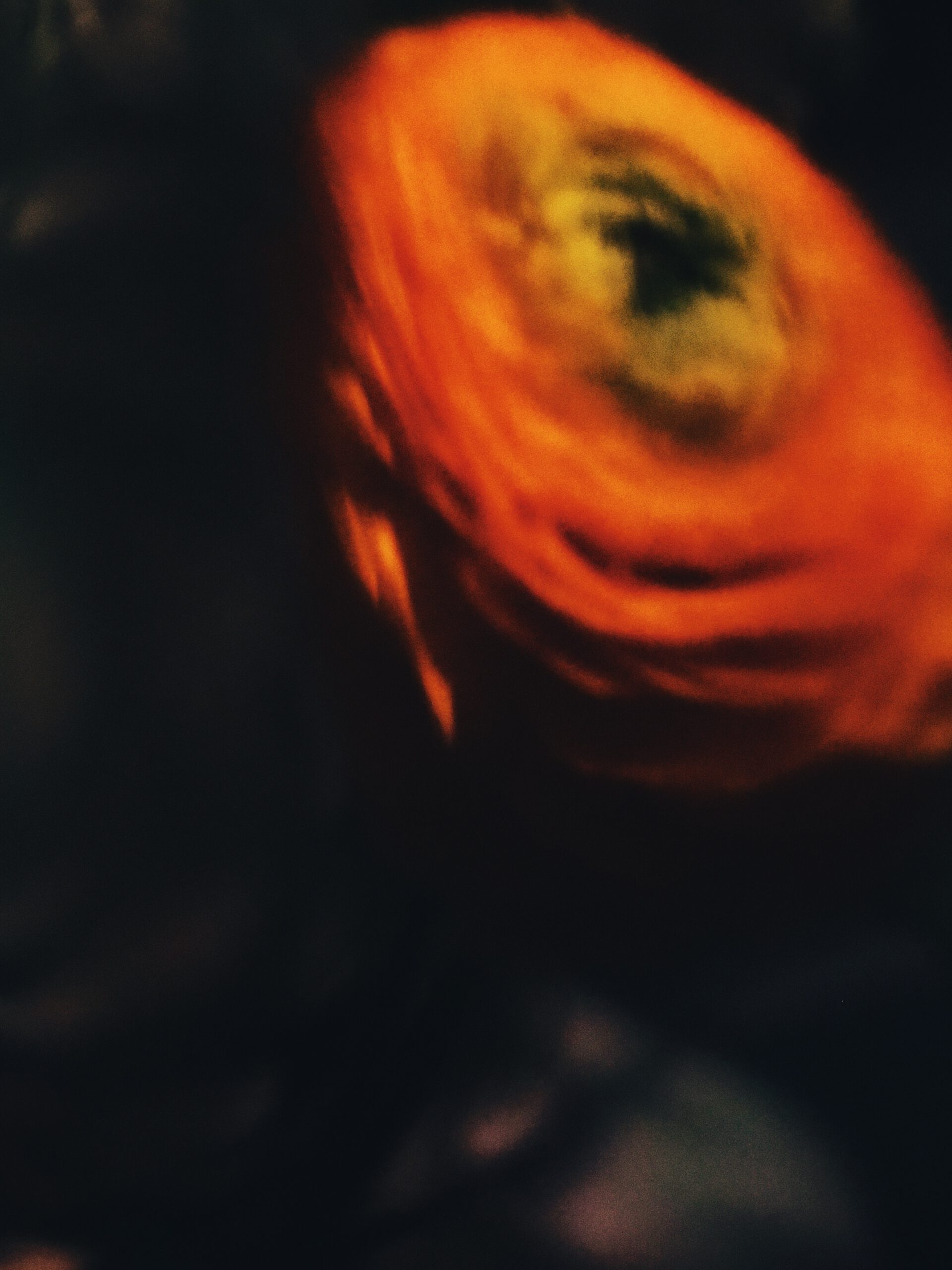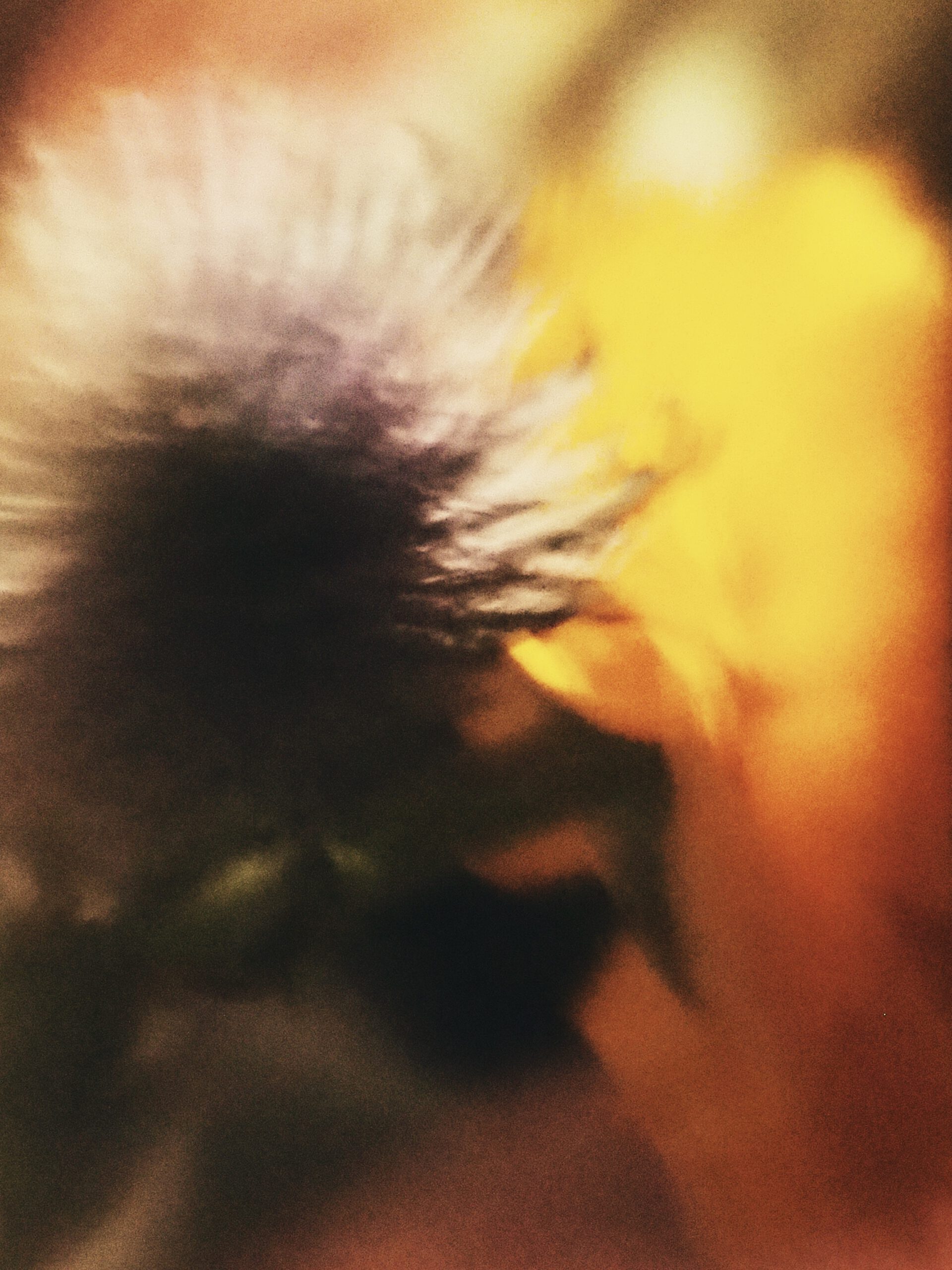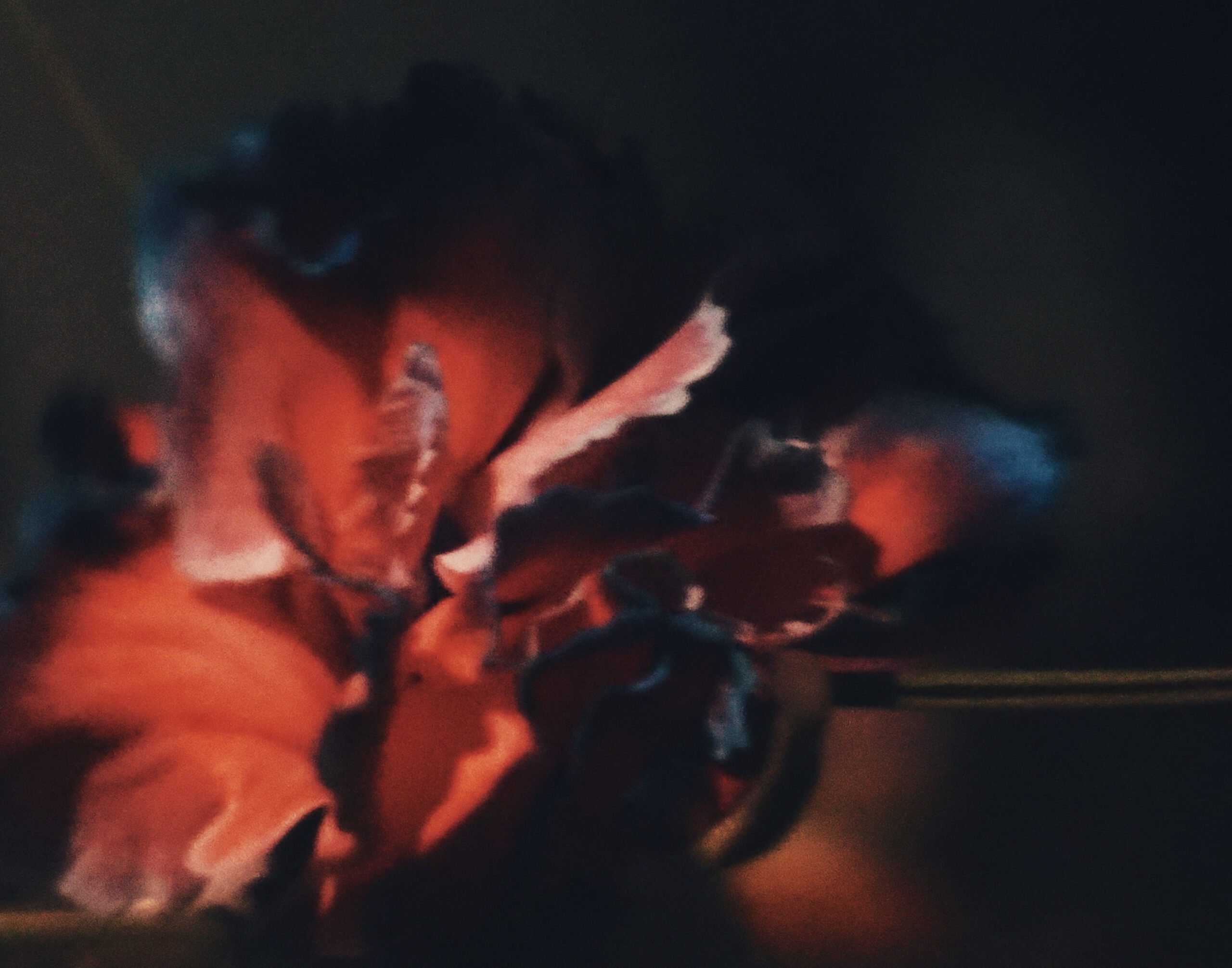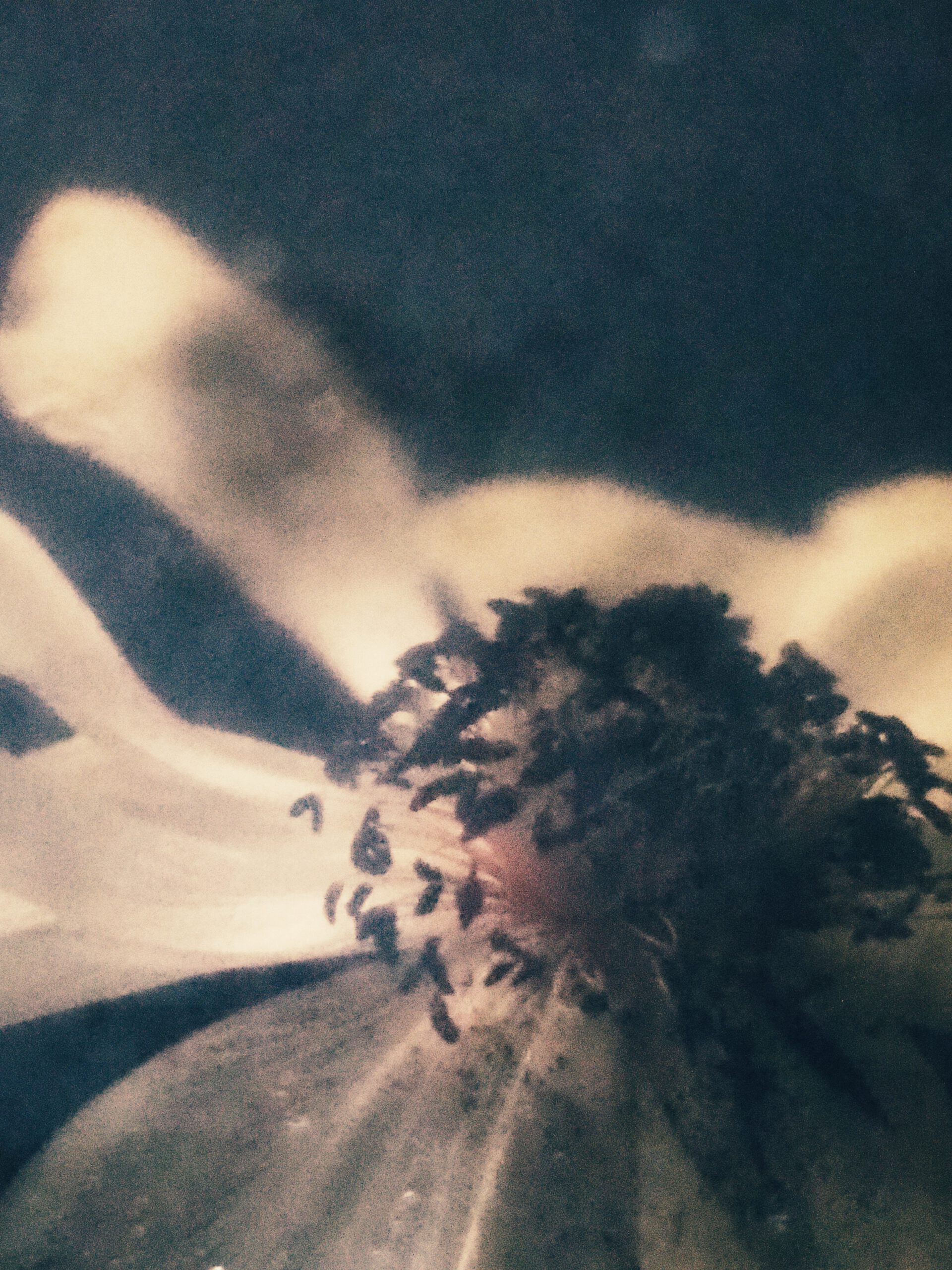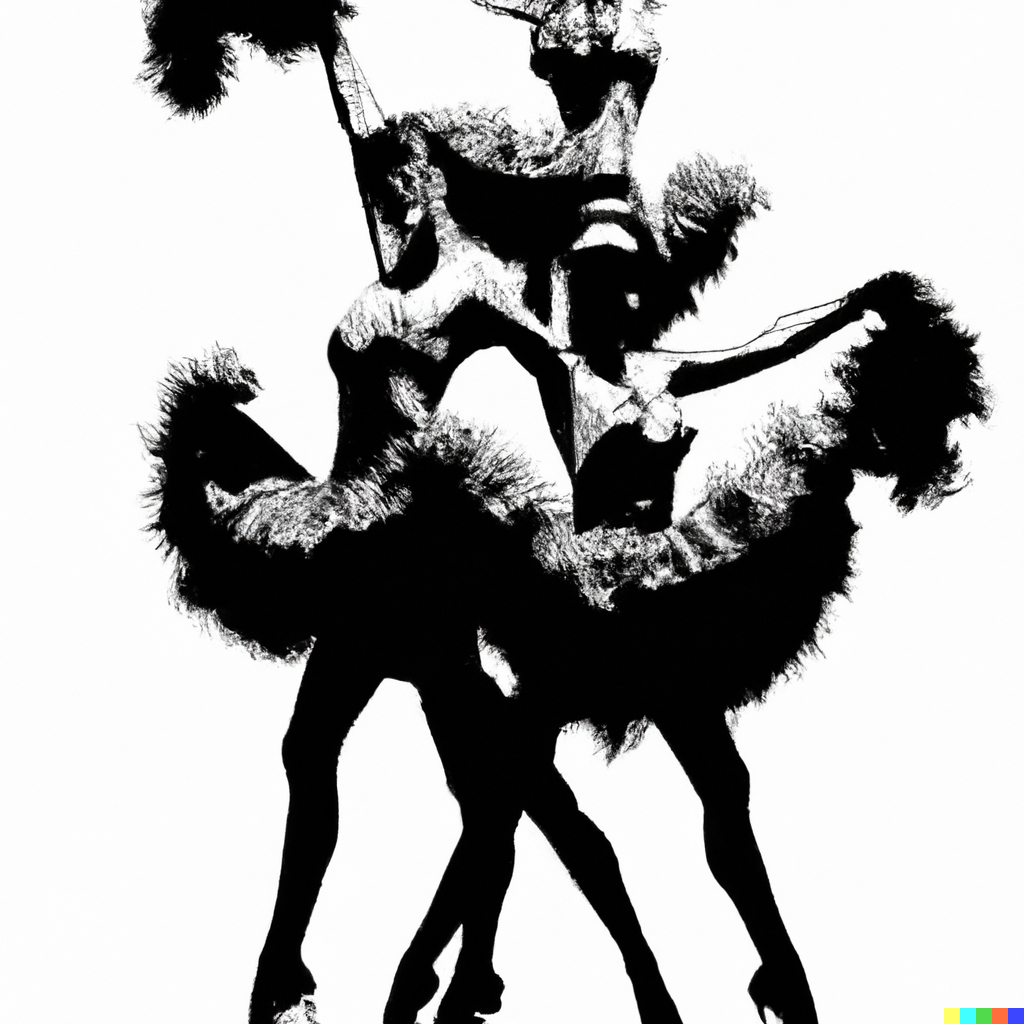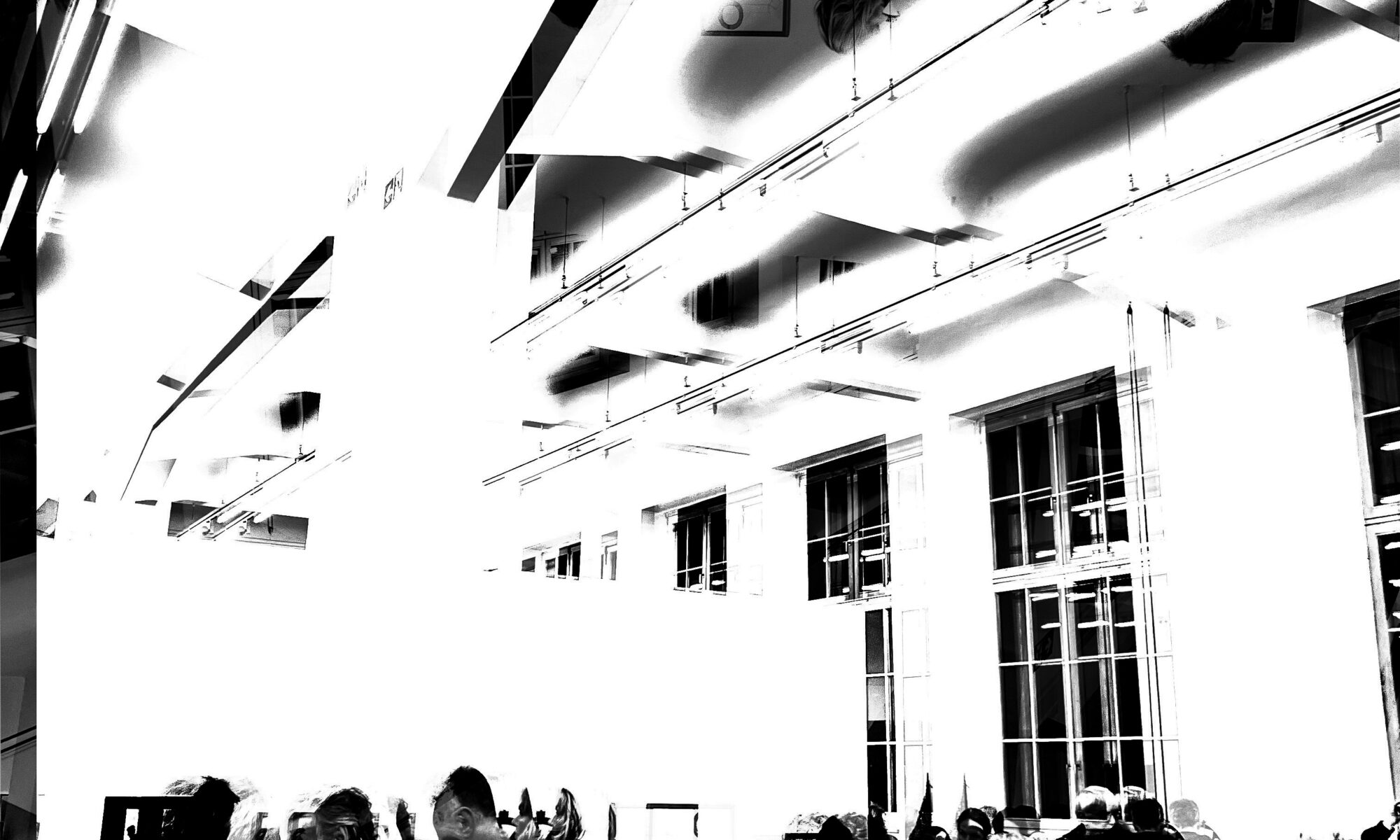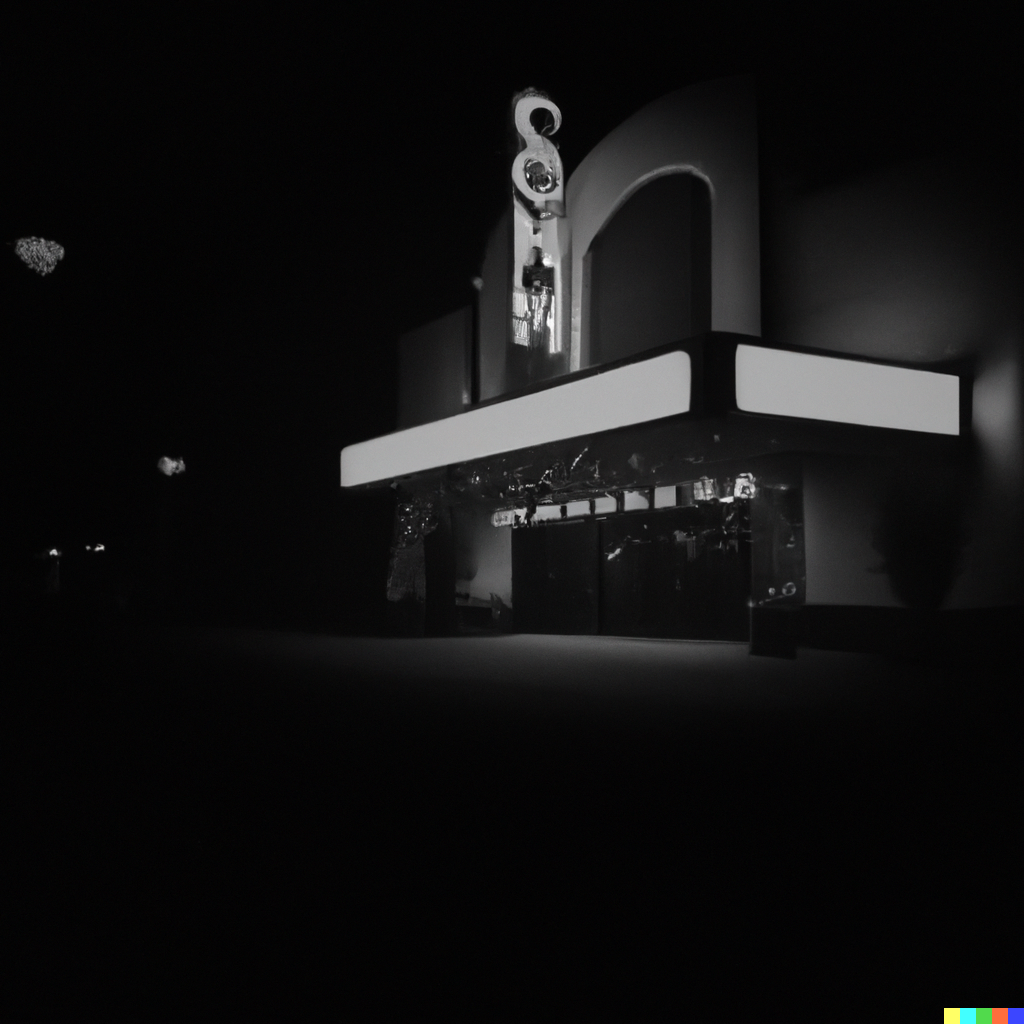Titanic: cała wstecz i jednocześnie do przodu
Text ©by Marek Gajdziński
Photos ©by Mariusz Olszewski
We proudly present the first part of the essay by Marek Gajdziński. The second part will follow in some weeks.
We also proudly present photos made by Mariusz Olszewski.
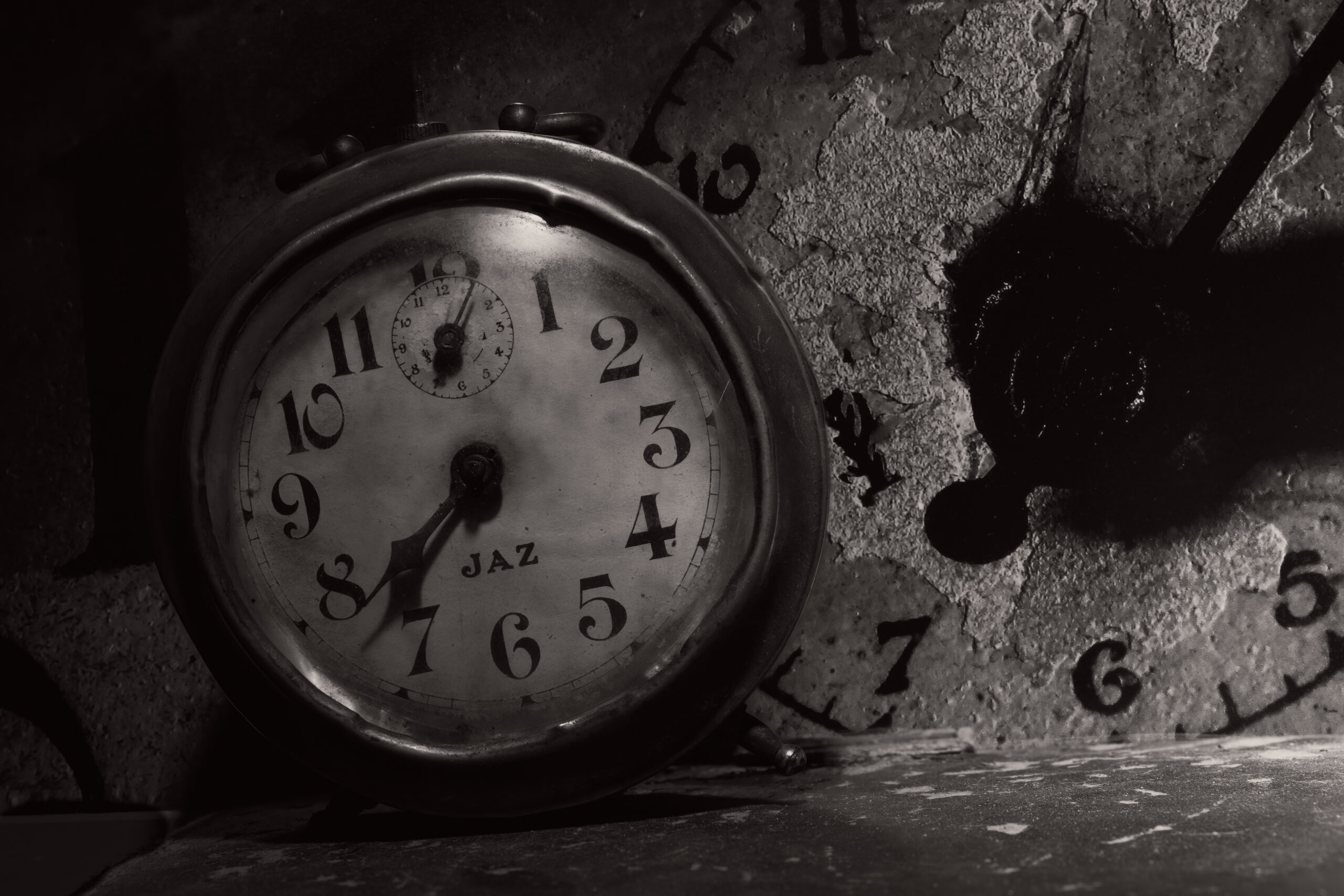
Cała wstecz! Znaczenie tego sformułowania, wyrażające współczesny lęk przed zmianami i tęsknotę za “starymi, dobrymi czasami”, zależy od kierunku, w którym się posuwa. Co? Cokolwiek. Choćby my wszyscy. Czy ludzkość jako całość posuwa się w jakimś konkretnym kierunku?
Zmierzamy ku zagładzie. I w niej ratunek. Paradoksalnie. Bo im większy strach przed globalnym kataklizmem, tym większa szansa, że ktoś wreszcie wpadnie na jakiś rewolucyjny pomysł. I da się to wszystko w ostatniej chwili wyprostować. Powie ktoś, kto mimo wszystko z ufnością patrzy przed siebie. Przyszłości, choć niezbadana, zawsze lepsza niż to, co już było.
Ale pewniej jeszcze możemy się od zagłady uchronić, robiąc mądry krok wstecz. A nawet kilka takich kroków. Ludzkość może wrócić tam, skąd wyszła. Porzucić pochopnie, błędnie poczynione wybory. Przestać pozwalać na pewne zjawiska. Postawić tamę. Albo mur. Powie ktoś, kto woli dawne, sprawdzone rozwiązania. Przeszłość jest lepsza niż przyszłość, bo wiadomo, czego się po niej spodziewać.
I rzeczywiście, obie te tendencje wydają się nami pospołu władać. We wszystkich możliwych dziedzinach życia. Choćby w podróży. Każda podróżna jest rozdarta między pragnieniem dotarcia do celu swojej podróży i powrotu do miejsca, z którego wyruszyła. Bez względu na to, czy i jak bardzo sobie owe pragnienia uświadamia. Dlatego też każda osoba musi, na jakimś etapie podróży, zadać sobie pytanie, skąd, dokąd i po co zmierza. Podobnie jest z nami wszystkimi. Pytamy, ale co z odpowiedzią? Wydawałoby się, że odpowiedzi powinna nam dostarczyć filozofia. Szczególnie jej dziedzina zwana metafizyką. Ale, jak już na tych łamach wykazano, kilka numerów temu, metafizyka jest dziedziną pełną wewnętrznych sprzeczności i tak paradoksalna, że nie wiadomo nawet, czy istnieje. Dlatego filozofowie, którzy nie wkraczają na pola wiary, nie są w stanie udzielić nam odpowiedzi na pytanie, w jakim kierunku się posuwamy. I czy to dobrze, czy źle. Zresztą zostawmy filozofię, kto dziś pamięta, kto rozumie, czym ona jest?

Podobny brak zgody co do podstawowych kierunków zmian widać w dziedzinie ekonomii. Jedni mówią, że trzeba nam coraz większego wzrostu gospodarczego. Drudzy wskazują, że to droga donikąd. Większość ludzi nie wie, co z tym zrobić. Więc na wszelki wypadek się bogacą. Pytanie, co to znaczy? Czy wzbogaconym ludziom rzeczywiście żyje się lepiej? Czy tylko więcej konsumują, męcząc tym siebie i całą resztę? Planetę. A może i wszechświat. Zjadają przy tym własny ogon – konsumują, by zagłuszyć strach przed konsekwencjami konsumowania. Cage napisał kiedyś, że “gdyby Amerykanie urodzili się byli świniami zamiast ludźmi, niczego by to nie zmieniło”. Chodziło mu o to, że Amerykanie stanowią tylko 6 procent ogólnej liczby ludzi na świecie, konsumują zaś dziesięć razy ponad normę, czyli aż 60 procent globalnych zasobów.[1] Napisał to w latach 1960, od tego czasu trochę się zmieniło. Ale nie w sensie takim, że Amerykanie mniej konsumują. Zmiana polega na tym, że do Amerykanów dołączyły kolejne, ustawione w ogonek grupy spragnionych dobrobytu. Najpierw zachodni Europejczycy. Teraz idą inni. To znaczy nie tyle idą, co kupują. Zużywają. Żrą.

Niedawno na pytanie, czy Polacy jedzą coraz więcej mięsa, jakiś ekspert od trendów żywieniowych odpowiedział, że nie, Polacy już od dawna nie jedzą mięsa – oni je żrą. Choć oczywiście nie tyle, co Amerykanie. Bo ci nadal wiodą prym. Cała ludzkość konsumuje w ciągu roku około 350 milionów ton mięsa zwierzęcego. To cztery razy więcej niż w latach 1960. Analiza danych statystycznych wskazuje, że gdyby każdy człowiek potrzebował do życia tyle mięsa, ile zjada przeciętny Amerykanin (czyli 124 kilogramy rocznie), nasza planeta mogłaby wyżywić jedynie dwa i pół miliarda ludzi. A jest nas, wiadomo. A to dlatego, że produkcja mięsa jest nieefektywna, zużywa nieporównywalnie więcej zasobów naturalnych niż produkcja żywności roślinnej. Żeby wyprodukować 1 kilogram warzyw, trzeba zużyć średnio 300 litrów wody. A żeby wyprodukować 1 kilogram wołowiny, 15 i pół tysiąca litrów wody. Czyli ponad 50 razy więcej. Z pola o powierzchni jednego hektara, obsadzonego ziemniakami albo ryżem, mogą się wyżywić rocznie 22 osoby. Gdyby na tym samym hektarze hodować krowy, wyżywiłaby się jedna, w najlepszy razie dwie osoby. (Nad)produkcja mięsa przyczynia się zatem do katastrofy klimatycznej (stanowiąc aż dwie trzecie globalnej emisji ekwiwalentu dwutlenku węgla) i do klęski głodu na świecie – według analityków ONZ, liczba głodujących ludzi wynosi 854 miliony, a 25 tysięcy umiera każdego dnia z powodu głodu.
Wróćmy do pytania, dokąd zmierza ludzkość? Czy posuwa się w jakimś konkretnym kierunku? Jak widać, zdania w tej kwestii są podzielone. Zależą od tego, kto skąd, jak i po co patrzy. I co chce zobaczyć. Wygląda na to, że zamiast wspólnego posuwania się dokądkolwiek, tkwimy w dramatycznym rozdarciu. Rozdarcie owo może odnosić się do całości, ale też do węższych obszarów. Takich jak wybór między autokracją a demokracją. Bandytyzmem a pokojowym modelem współżycia. Starym a nowym porządkiem. Jesteśmy jakby w rozkroku między tymi kierunkami. Niemożność dokonania zgodnego wyboru rodzi napięcie. Napięcie, nierozładowane, powoduje frustrację i pozbawione sensu, ekologicznie katastrofalne konflikty.
Co z tym wszystkim zrobić? Może pójść do kina? To pewnie samo w sobie niewiele zmieni, ale może być krokiem w dobrym kierunku. Pod warunkiem, że pójdziemy do odpowiedniego kina. Na dobry, wartościowy film – a nie tylko po to, by się na chwilę schować w ciemności i poprawić sobie humor. Choćby jeden z tych siedmiu prezentowanych w ramach Konfrontacji Filmowych 2022, w 24 kinach studyjnych w różnych miastach Polski. Pewnie każdy z nich dałby się przyporządkować do któregoś z rodzajów napięcia, aspektów naszego cywilizacyjnego rozdarcia. Wybierzemy tu dwa tylko filmy, bo na więcej nie mamy miejsca. Dlaczego akurat te dwa? Bo lepsze od innych? Niekoniecznie. Chodzi o to, że dwa modele wyborów w nich akurat zaprezentowane ściśle się ze sobą łączą. Jeden podsuwa nam komentarz dotyczący wyboru między porządkiem patriarchalnym a matriarchalnym, drugi odnosi się do wyboru – jeść czy nie jeść mięsa. A jak wykazała Carol Adams, autorka książki Seksualna polityka mięsa (Seksualna albo raczej płciowa – The Sexual Politics of Meat: A Feminist-Vegetarian Critical Theory, 1990), jedzenie mięsa jest ideologicznie uwarunkowane, stanowi zarazem źródło i owoc opresji nie tylko ludzi wobec zwierząt, ale też męskiej części ludzkości wobec żeńskiej.
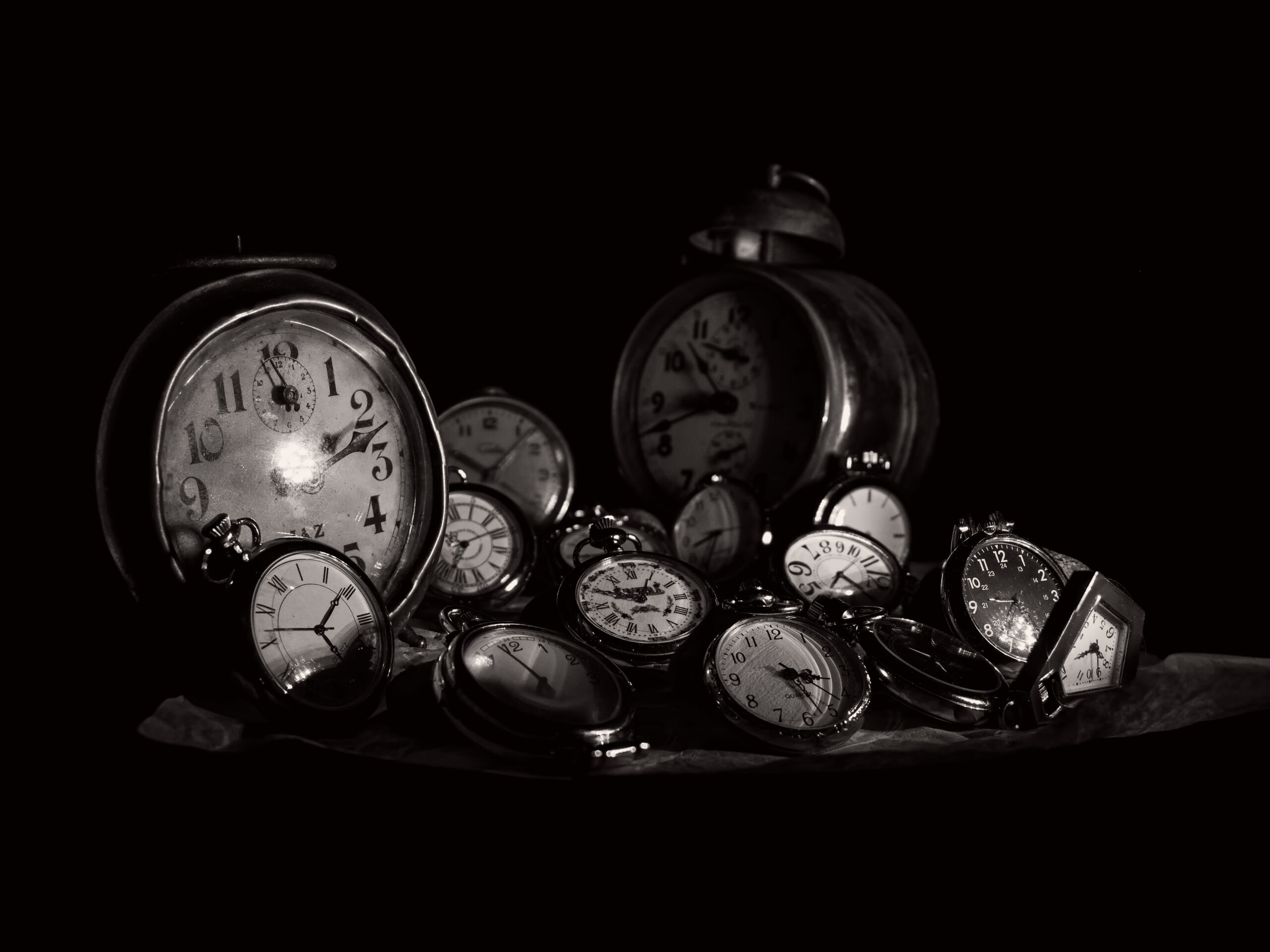
Część druga wkrótce…
[1] U.S. citizens are six per cent
of world’s population consuming sixty
per cent of world’s resources. Had
Americans been born pigs rather than men,
it would not have been different. (Johne Cage, “Diary: How to improve the World – you will only make matters worse – continued, 1967”, w tegoż A Year from Monday: New Lectures and Writings, Middletown, Connecticut: Wesleyan University Press, 1967, p. 145)
Marek Gajdziński jest pisarzem, dramaturgiem, tłumaczem literatury i nauczycielem. Powieści i opowiadania: Spacer do kresu dnia (Iskry, 1989), Głowa konia (Państwowy Instytut Wydawniczy, 1996), Droga do Indii (Zielona Sowa, 2000). Na podstawie opowiadań Tadeusza Różewicza i Marka Gajdzińskiego w Teatrze Telewizji powstał spektakl Badyle (2020) w reżyserii Andrzeja Barańskiego.
Mariusz Olszewski, ur. w 1961. Absolwent UAM w Poznaniu, obecnie mieszka w Łodzi. Przez lata związany z Galerią Wschodnia w Łodzi. Artysta, wystawy w Polsce, Europie i Nowym Jorku. Współpraca przy filmach dokumentalnych z tematyki sztuki. Twórczość obejmuje poezję konkretną, instalację i fotografię.
Autorski opis jednej z wystaw, zatytułowanej “przestrzeń (nie) obecna // space (not) present”:
uchwycić nieuchwytne
dostrzec niedostrzegalne
usłyszeć niesłyszalne
powiedzieć niewypowiedzialne
nieobecność, a jednocześnie obecność
przestrzeń niepostrzegana, ale odczuwana
widziana zanika powoli
moment, gwałtowny bodziec i znów widziana
kiedy widziana, postrzegana jako chaos,
nieuporządkowany jeszcze porządek zdarzeń doświadczanych i zapominanych
okazja na (ponowne) uporządkowanie albo nieodwracalne odesłanie w niepamięć


